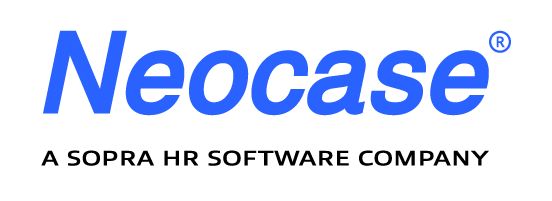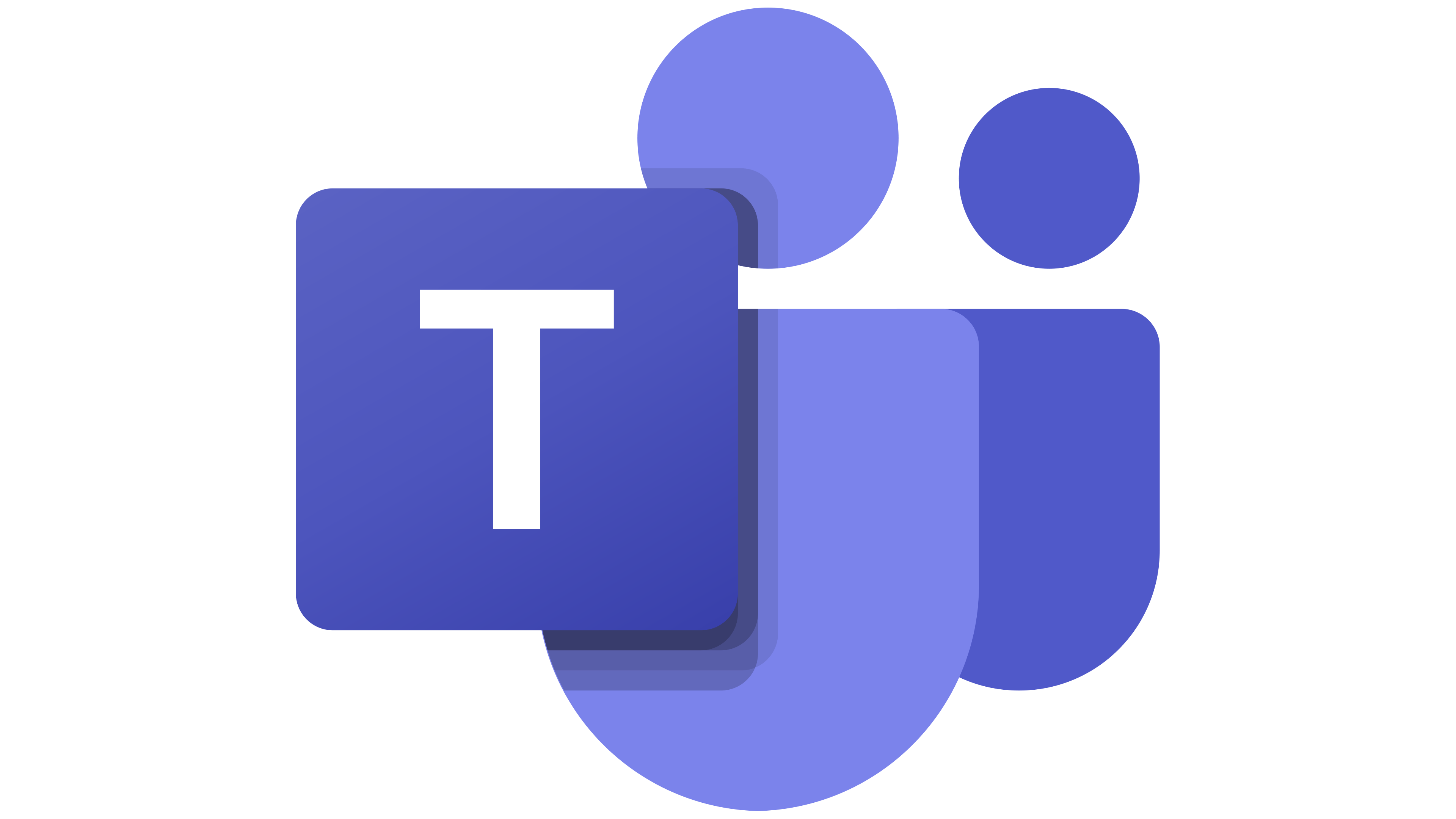Human Resources processes, policies and procedures vary by organization; to implement an optimal solution – a clear plan needs to be thought through and created.
Designing the process to handle an organization’s unique style and needs will help ensure successful implementation and employee satisfaction.
Many firms try to integrate a disparate set of systems, often acquired over time as the company grew, frequently with inadequate results. Migrating to an HR Shared Services Solution, which can integrate existing data and optimize disconnected systems, helps make workflow more effective and efficient. A shared-service model is built for optimal HR service delivery.
The transition to better HR services delivery may seem a bit daunting at first; but is really a logical transition when broken down into a systematic approach. Business Process Management (BPM) provides the framework to improving an organization’s workflow, and makes it more adaptive to modifications. The HR process can benefit greatly through BPM by following steps for implementation:
- Design – map the HR process to show all the steps
- Test – evaluate the process through simulation
- Publish – test send the right information to the right groups or individuals
- Analyze – measure results with performance indicators and employee input
- Optimize – revise/improve the process based upon findings and input
A great many HR processes start with an employee or manager submitting information through either hard-copy or electronic forms. And, of course, the use of forms continues throughout the lifecycle of a firm’s employees. So easily creating and integrating forms into an HR Shared Services system is an important step of the design process.
Forms should be designed to be intuitive enough for non-technical users and able to capture data already in the system. The forms process, integrated with an Employee Portal, should provide for ease-of-use and an engaging user experience.
Data sharing between the HR solution and other corporate systems should also be taken into account during the BPM planning stages and later by the HR’s BPM module. The BPM module should have a series of connectors to other systems – making this integration seamless.
As an ever-greater number of organizations employ HR Shared Service Centers, and demand they perform increasingly complex tasks – while providing greater value; these systems will continue to mature and deliver. Using a BPM approach to design and implement this solution enables the delivery of more services with fewer resources – a win for all.
To access the entire white paper upon which this column was based, as well as other white papers, click HERE

 Microsoft Teams
Microsoft Teams
 Workday
Workday